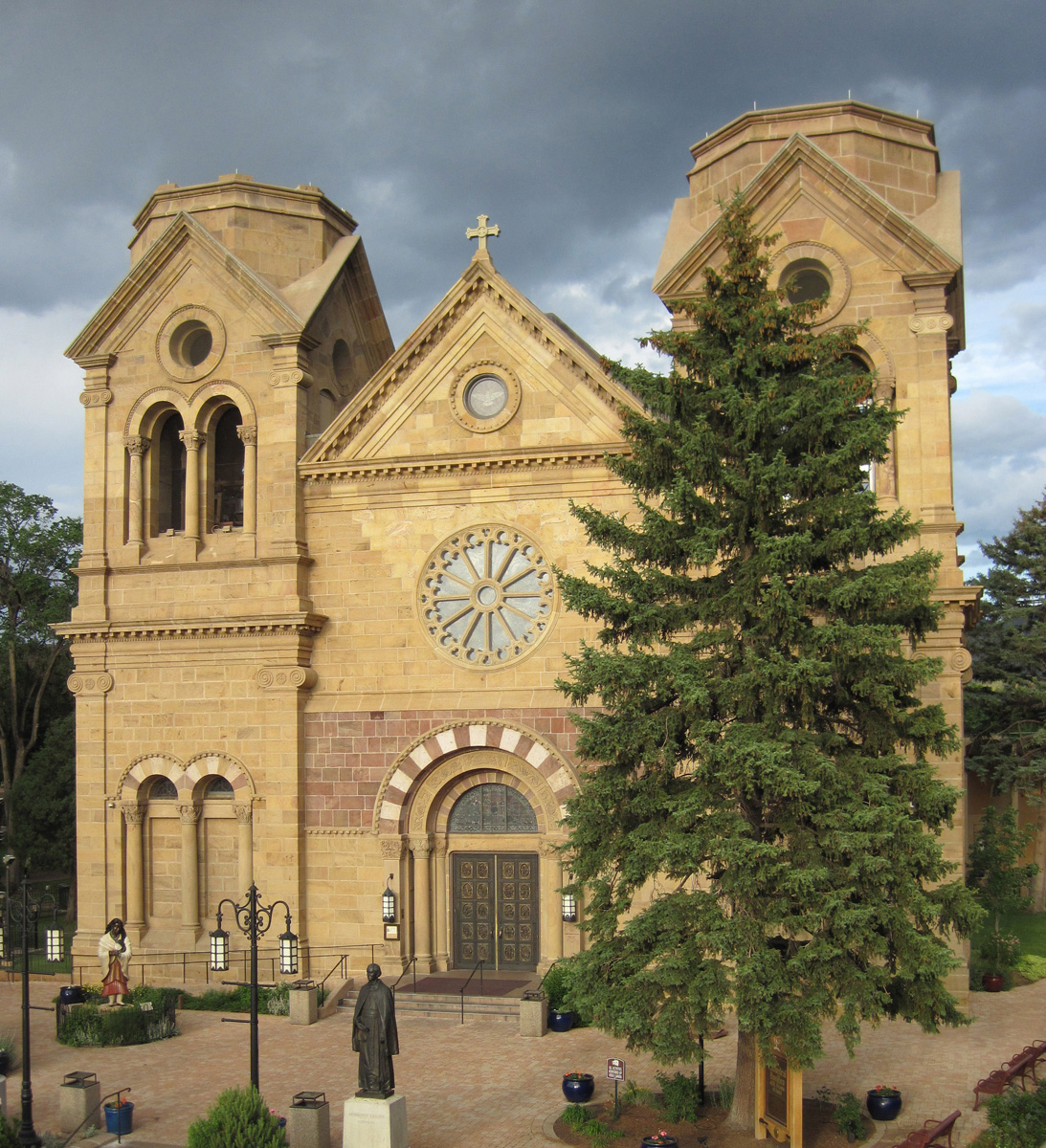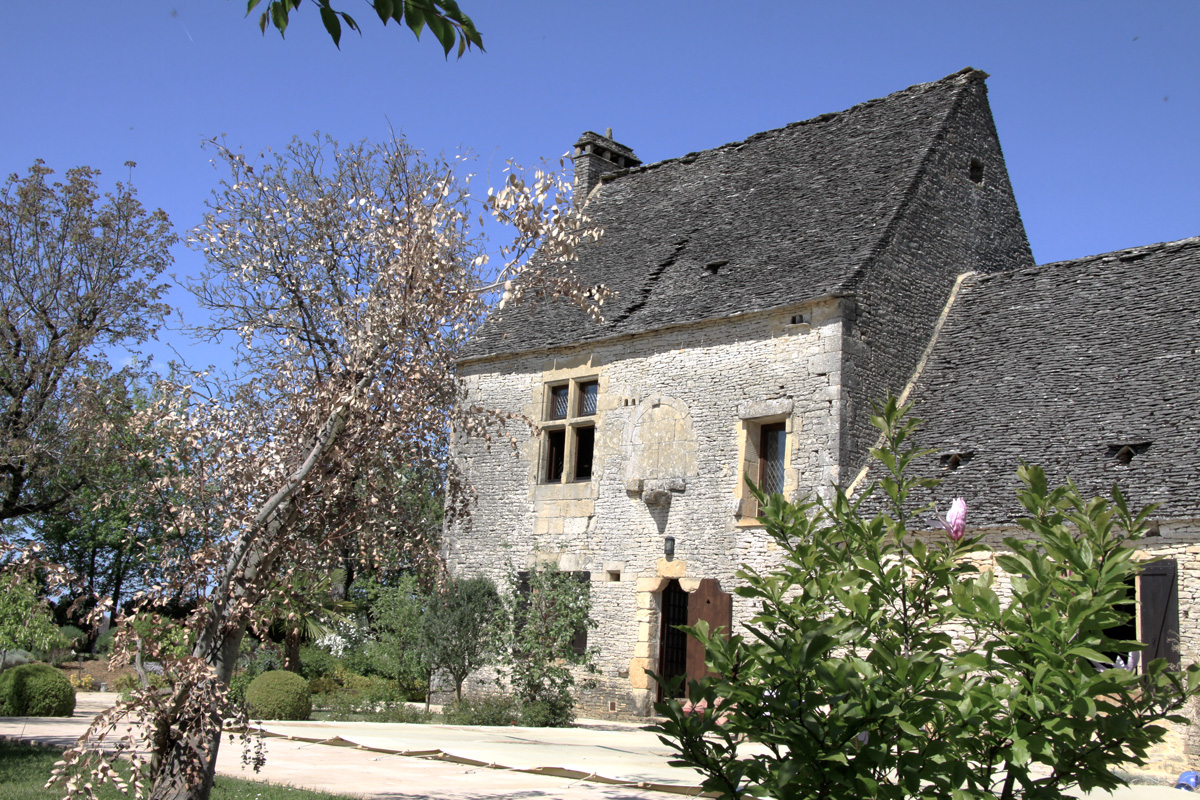


BOOK Review: The French in New Mexico: Four Centuries of Exploration, Adventure, and Influence
The life of Santa Fe author François-Marie Patorni is almost as bold and episodic as the compendious history on the French presence in New Mexico that he wrote, spanning four centuries. Born and schooled in Paris, at the University of Grenoble, and at several post-graduate scientific institutions, he spent three years as an engineer contributing to agricultural projects in Africa. Following that period, he left for the United States for graduate study at the Wharton School of Business in Philadelphia. He eventually joined the World Bank in Washington, returning to work mainly in Africa, the Middle East and India. When he decided to retire, he settled in Santa Fe.
Patorni’s book reminds us of the exceptionally rich mosaic of cultures that has evolved in the territory that became the state of New Mexico. When he picks up the narrative in the 17th century, the world is opening up to unprecedented exploration and immigration across international boundaries occasioned by national, political, and religious upheaval, as well as scientific discovery.
During the 18th and 19th centuries, the geographic routes that led on the one hand, up from Mexico to New Mexico; and down from Canada, were crucial to the evolution of the French presence in New Mexico. From the inception of these movements, inspired largely by the promise of fortune in the fur trade, gold and silver mining, and ranching, the arriving French from many sectors intermarried with the Native American and Hispanic populations, consistently taking Hispanic versions of their names. These marriages and alliances led in the main to most of the successful enterprises founded by the French. The names of the approximately 200 present-day French descendants in New Mexico bear witness to the history of these families.
According to Patorni’s richly documented history, the presence of the Catholic clergy is a principal tributary of French influence in the region, fed by contributions (and some misgivings) to the mission of the French church—as well as the priests’ courage in traveling from France to the New World. The influence of Archbishop Lamy looms large over a range of religious, cultural, educational, and architectural projects in the state from the mid-19th century into the 20th.
Patorni’s personal history with this material begins with a moving account of his eureka moment when, upon arrival in Santa Fe, he sees the Saint Francis Cathedral and Loretto Chapel and realizes they were formed from French architectural models. It is that moment that inspired ten years of dedicated research and the publication of The French in New Mexico.
While the stories Patorni records are narrated through the lens of the French, the work is also a window on the extraordinarily turbulent, fast-moving events of the period and the colorful, astonishingly intrepid characters who appear on the historical stage in the country that would become the United States of America. During the War Between the States, New Mexico was a microcosm of the divisions between North and South. Southern New Mexico and the lands bordering Texas leaned toward sympathy for the Confederacy, while northern New Mexico sided with the Union. Most of the French in New Mexico who fought in the American Civil War did so on the side of the Union.
The complex history of the relationship between the arriving French and the Native American populations is glancingly addressed in Patorni’s study, usually in the context of the fur trade cultivated, in the main, peacefully, by the French and French Canadians, but also of the vicious wars between the tribes and the colonizers. He quotes the position of perspicacious French entrepreneur of Las Vegas, New Mexico, Charles Blanchard: “There are few men in the west who have suffered more than myself at the hands of the Indians, and I shall persist in saying to the last day of my life that the Indians should be absolved of their crimes, and the greed of white people made responsible for their acts of cruelty…”; and “Nations, like individuals, reap exactly what they sow…” (p.210).
While the influence of the French in New Mexico has dwindled in the 20th century, it continues to be felt in the wine industry, the restaurant business, and most importantly, the technological and scientific sectors.
François-Marie Patorni’s monumental, affectionate history of the French in New Mexico is a precious resource for those interested in the topic, as well as libraries, museums, and schools.
Elizabeth Brunazzi is a writer, translator, and critic. She holds a PhD in comparative literature from Princeton University and now lives in Taos. She has recently become food editor for the Questa del Rio News. For more about Brunazzi’s career and writing, stay tuned for our March 2022 issue!
François-Marie Patorni, French in America Press, Santa Fe, New Mexico; FrenchinAmericaPress.com, 2020, 312 pp.




